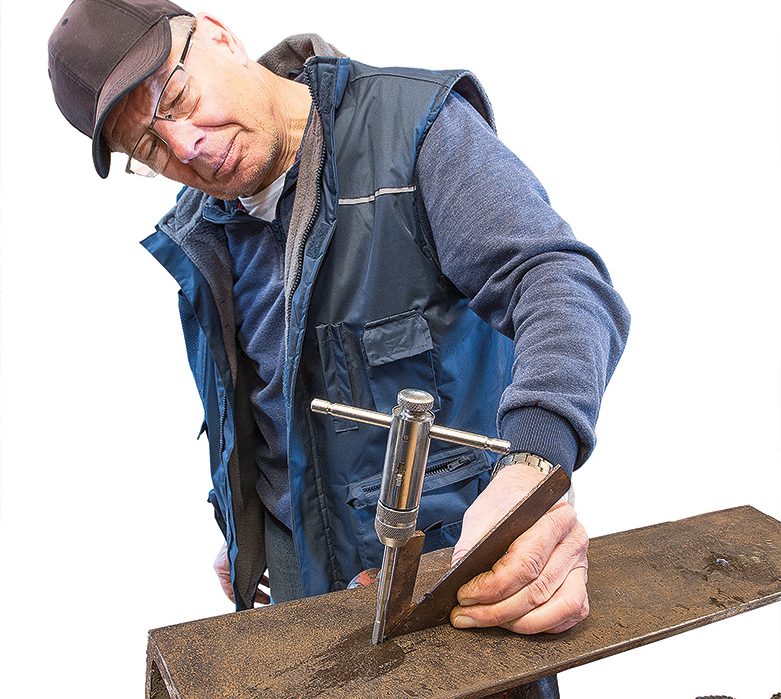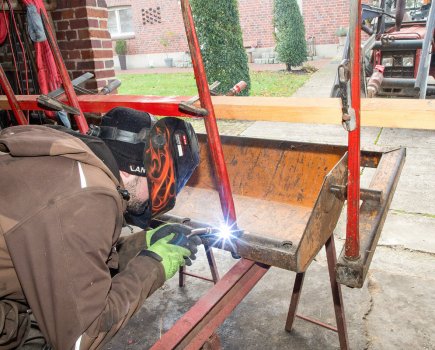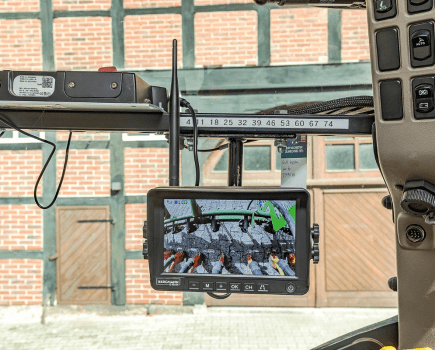WORKSHOP: Incorrect use of taps and dies can lead to out-of-true threads and broken tools. Here are some tips on how to get it right.
Bolts are held in place by friction. When screwing in a bolt, friction is created between the flanks of the internal and external threads. This is the so-called, self-locking, frictional connection. However, if too much force is applied when tightening the bolt, or if the thread has not been carefully made, the thread can be damaged or even stripped. Provided a few guidelines are followed, producing a hard-waring thread should be straightforward. Thanks to Helmut Mevenkamp from Rorup in Münsterland, Germany, for his tips and help in producing this article. He was a mechanical engineer and R&D mechanic for more than 40 years.
What is a standard thread?
Before we get down to tapping we should get a few basics straight. In most cases, you are dealing with metric ISO right-hand threads, which have a flank angle of 60°. These threads have flat crests and rounded roots or grooves.
The standard metric thread is made to the DIN 13-1 standard. The thread is indicated by the code letter M plus a number that gives the outer diameter of the thread (between 1mm and 68mm). The pitch is the distance between two adjacent crests. In an M10 thread, for example, the pitch is 1.5mm. Other popular threads include fine threads made to the DIN 13-2 standard. As the name suggests, the thread pitch is smaller than that of a standard thread which gives more thread grooves, although the length of the threaded portion is the same. A fine M10 thread has a 1.0mm pitch rather than the standard 1.5mm, depending on the shape. The pitch is indicated by adding ‘x 1’ after the letter M and the outer diameter of the thread. A fine M10 thread is therefore M10 x 1. These threads are available up to a size of 1,000mm.






